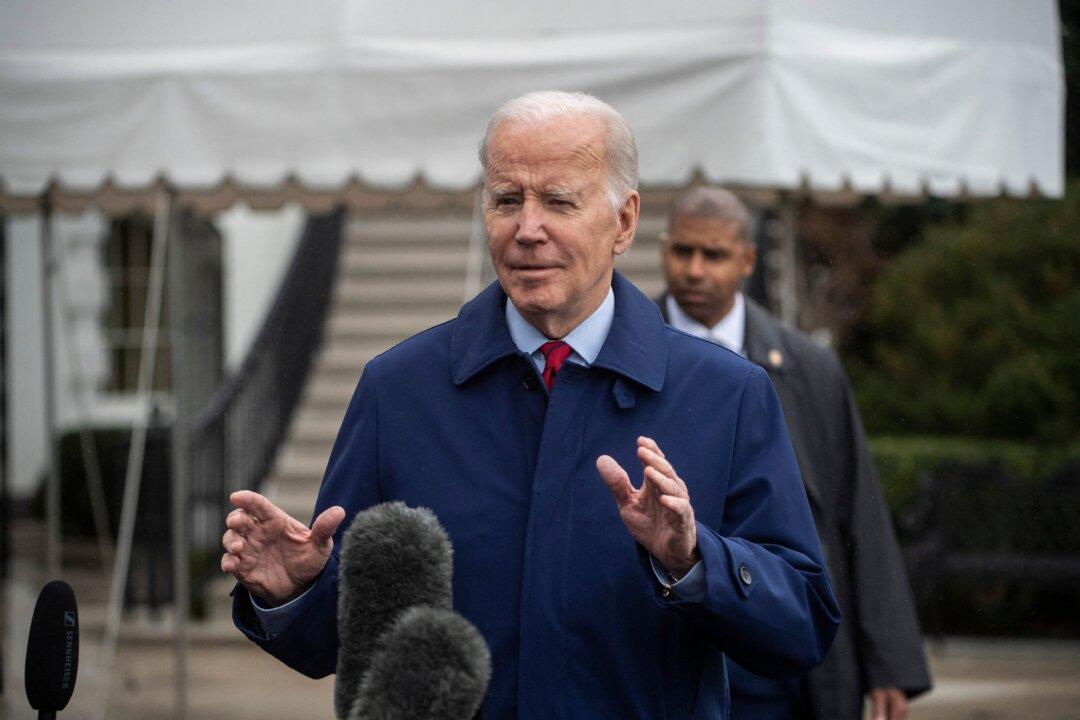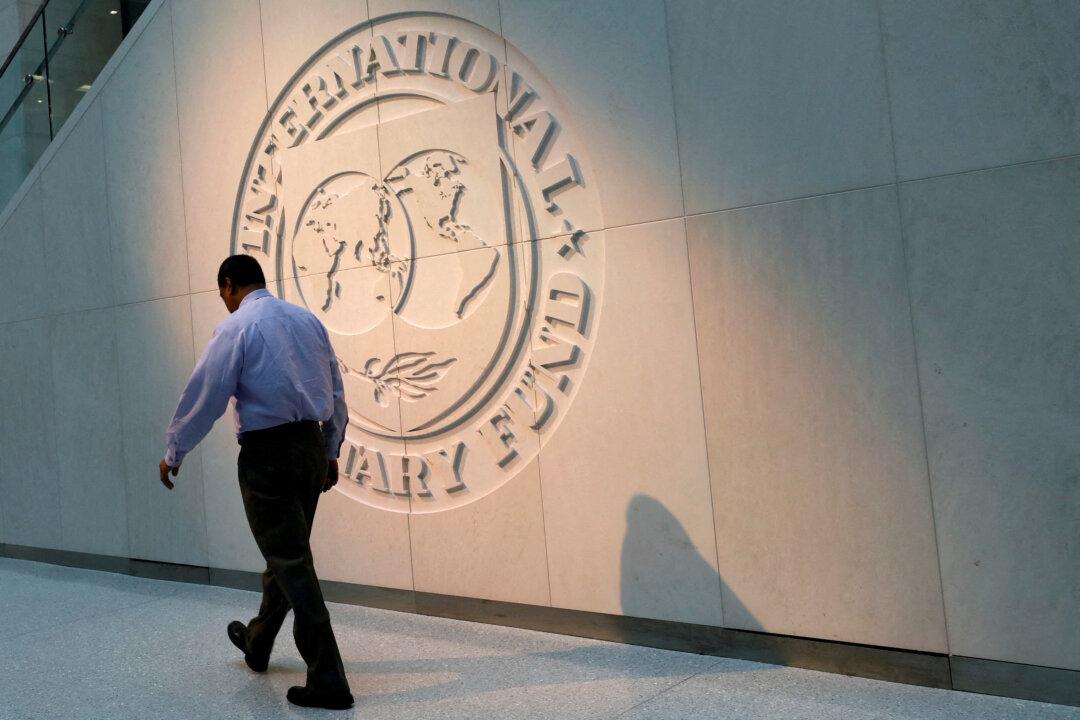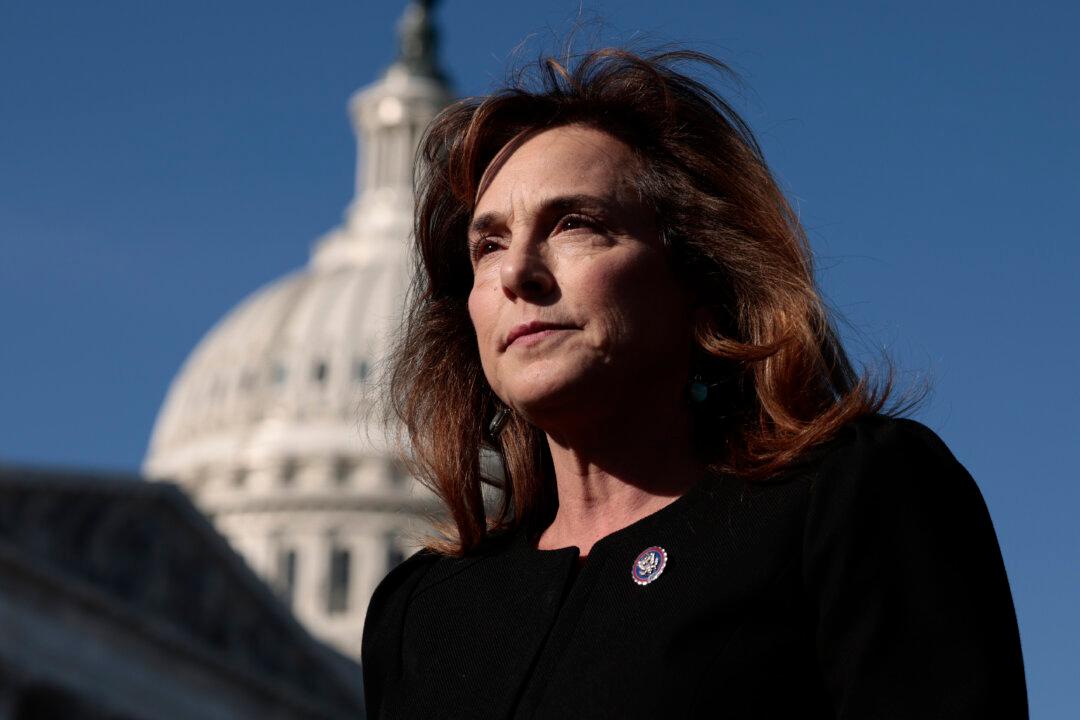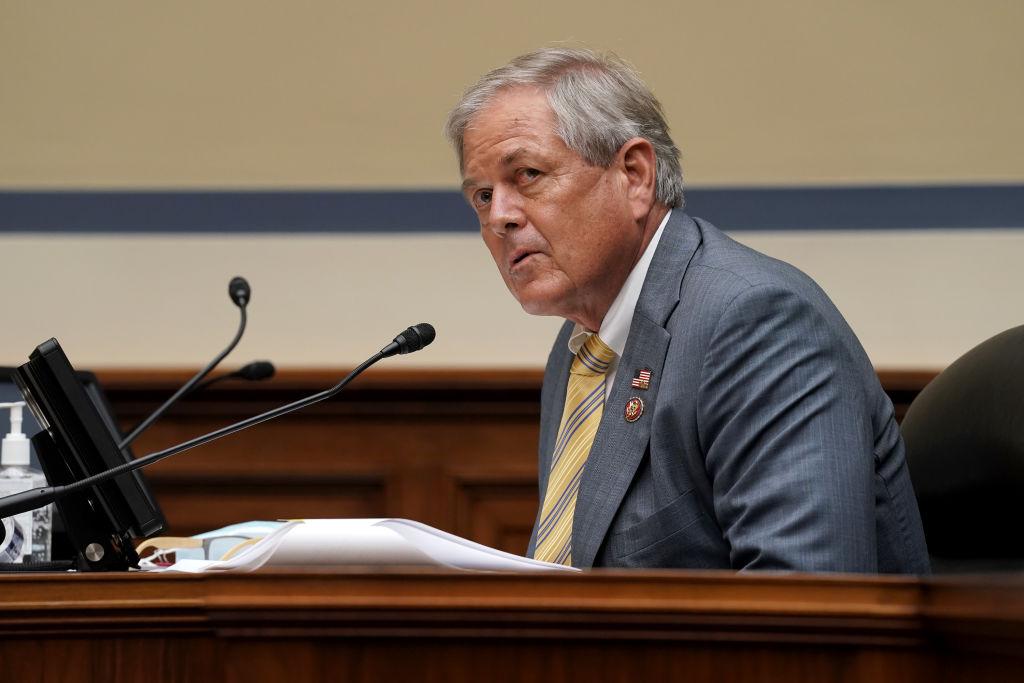President Joe Biden’s proposed capital gains tax increase could result in an effective tax rate of more than 100 percent after adjusting for inflation, according to estimates by economist Arthur Laffer, a former adviser to Ronald Reagan. The increase would more than double the tax investors pay on investments held longer than one year.
The proposal, outlined as part of Biden’s $6.8 trillion budget plan for 2024, would increase the capital gains tax rate for individuals earning more than $1 million per year to 39.6 percent from the current rate of 20 percent. It would also increase the Affordable Care Act surcharge to 5 percent, bringing the total tax rate for high-income investors to 44.6 percent.




